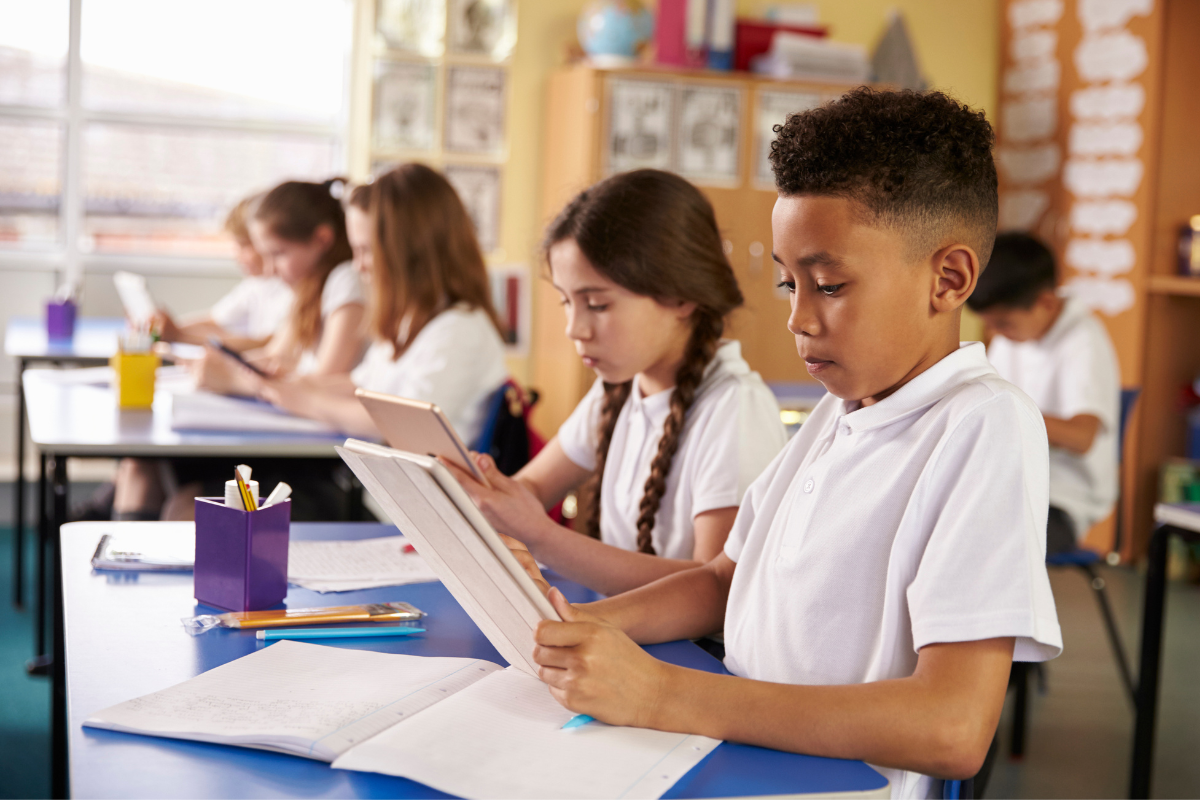Creating a Modern, 21st century classroom
What is a 21st century classroom, anyway?
Well - one thing is for sure - a 21st century classroom is more than just existing in the year 2000 to present day.
Maybe a better question to ask is: How can we create a 21st century classroom that meets the demands of the students in our classrooms TODAY?
Let's try answering that question now be exploring the elements that make up a modern, 21st century classroom.
A 21ST CENTURY CLASSROOM IS ALL ABOUT COLLABORATION.
Let’s just face the facts. Traditional methods of the teacher standing in the front of the room doing all the teaching, no longer serves our students.
In order to make learning meaningful for students, we need to consider how we can create a collaborative environment that encourages students to solve problems together, learn from each other’s strengths, explore, and feel empowered to share their opinions with others.
The teacher is the facilitator, and the students are active participants.
A 21ST CENTURY EMPHASIZES HANDS-ON LEARNING.
Hands-on learning is another critical component of a 21st century learning environment. A teacher might get the learning started, but the hands-on learning takes it from there.
Participating in small-group projects in reading, or using math manipulatives, role-playing in social studies, or creating a class podcast - all are ways teachers can implement hands-on learning .
A 21ST CENTURY USES TRANSPARENT ASSESSMENTS
Another important element of a 21st century classroom is transparent assessment.
Today we know that students do better when they know what is expected of them BEFORE they start a task or an assignment. Student understand more about where they are if they can see clear indicators of getting or not getting a skill.
Rubrics are super helpful in this. Specifically, rubrics written in kid-friendly language that tells them exactly what it means to fully understand a topic or skill. They can look at a rubric see where they line up and were they want to be.
Rubrics make it a lot easier to be transparent in WHAT we are assessing our students on and HOW we are assessing them. We can use the information on a rubric to communicate that to students.
THE ROLE OF TECHNOLOGY
One of the bigger elements of a 21st century will likely not surprise you. It’s technology.
Technology affects virtually every aspect of our lives, so it’s not surprising that it should also plays a large role in the classroom as well.
It’s important that we get students acquainted with technology from a young age, and because elementary educators are part of the first phase of their education, they play large role in that.
Tech isn’t the only component of a 21st century class, but it is a big one. And - it’s one that is often woven into a lot of the other components.
What elements of 21 century instruction are already apparent in your classroom? What element could your instruction use more of?

